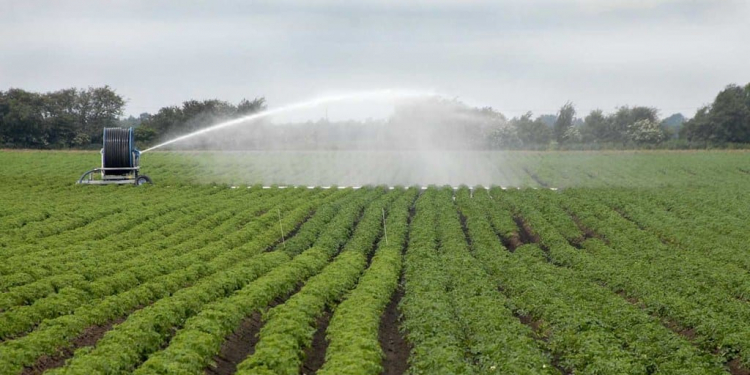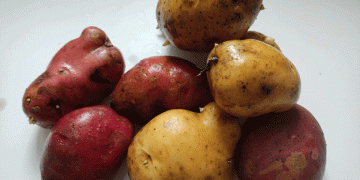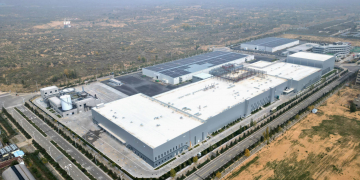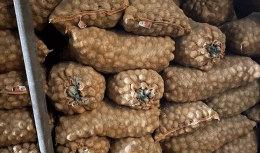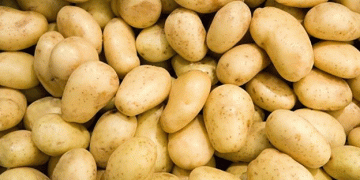Potato cultivation takes place mainly in the South Central of Chile (VIII to X regions) in dry conditions (without irrigation) during the spring-summer season (November-March). The crop has a high yield potential (100-120 tons / ha) in the absence of biotic and abiotic stress (water, nutrients, diseases, etc.). However, current yields in southern Chile (20-35 tonnes / ha) are well below this potential due to the sum of different deficiencies in the agronomic management of the crop (use of certified seed, planting date, management of fertilization and diseases). Even improving these deficiencies, the maximum yield that could be achieved is 30-60 tons / ha (depending on the locality and year) because the crop is developed mainly in dry conditions.
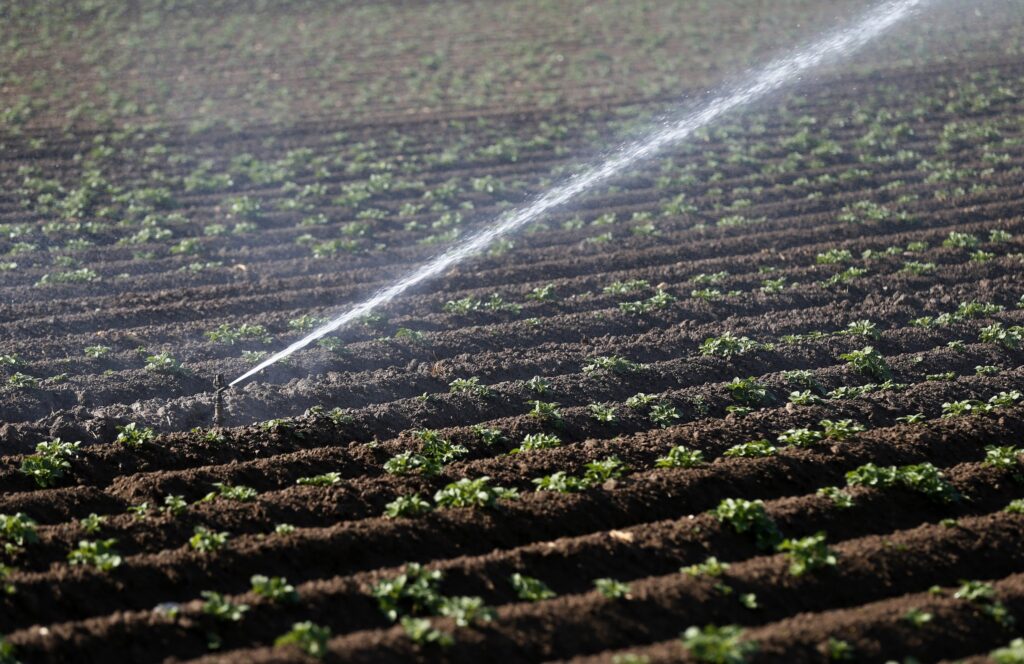
In general, since the emergence of the crop (early November, assuming a plantation in early October), much of the growth and development of the crop coincides with the reduction in rainfall. Consequently, due to the fact that the crop has a high sensitivity to water deficit, it is not surprising to observe that the foliar cover, capture and energy use efficiency are markedly reduced under conditions of low water availability.
However, the degree of water deficit that a crop can experience in southern Chile is highly variable due to the great variation in rainfall between locations and years. For example, in the last 40 years, in Valdivia, Osorno and Puerto Montt, the accumulated precipitation during the growing season (November-March) has averaged 373, 246 and 542 mm per season. However, in recent seasons the accumulated rainfall has been below the historical average for each locality.
On the other hand, it is important to highlight that there is a wide inter-annual variation in the environments with the highest rainfall (Valdivia (136 – 639 mm) and Puerto Montt (228 – 821 mm)). Therefore, these environmental differences in precipitation, product of locations and years, explain the fact that one of the most important factors responsible for the variation in potato crop yield from one year to another, is the different availability of water during the season. growing season. Consequently, the irrigation needs in environments like Puerto Montt will be much lower and less frequent than the irrigation needs in Osorno, with Valdivia in an intermediate situation.
Irrigation and Water Balance
The frequencies and irrigation needs will depend on the water balance that must be carried out during each growing season, which must consider the climatic characteristics of each locality, the characteristics of the soil and the characteristics of the crop. However, the determination of this water balance is often beyond the reach of producers, therefore, technical advice is of great importance when programming an irrigation calendar.
However, experimental results in different environments have shown that maximum yields (up to 100 t / ha) can be achieved with irrigation levels of the order of 400 mm of water per season, which added to rainfall during the growing season. equates to water availability levels of 550mm of water per season. Simulation models have shown that watering should generally be done 50-60 days after planting, which coincides with the beginning of tuber formation. In practical terms, it is recommended from here to apply a weekly watering frequency of 40 mm per week.
It is expected that future drought episodes will be more frequent than in the past due to the effects of climate change, which is a widely accepted fact globally. Faced with this scenario, one of the measures to be taken into account in potato production systems, to maintain or increase their yields, is the implementation of efficient irrigation systems. However, considering that this crop is developed mainly by small-scale agriculture, the implementation of irrigation systems is not easy, since a high level of investment is required. Therefore, when deciding to invest in an irrigation system, it is necessary to take into account the environment in which the crop is being produced, since, as previously stated,
Thinking of small agriculture, a farmer who is currently planting 2 hectares of potatoes under rainfed conditions, in an environment of low rainfall, with yields of 30 tons / ha, should have a medium-term strategy to intensify his production system, concentrating his efforts and resources. This could imply reducing its planting area (for example to 1 ha), in order to invest in certified seed, optimal fertilization, disease control and an irrigation system. The foregoing would probably allow a doubling of their yields, which would imply an increase in the efficiency of the use of resources, transforming it into a more sustainable and profitable potato production system over time.
